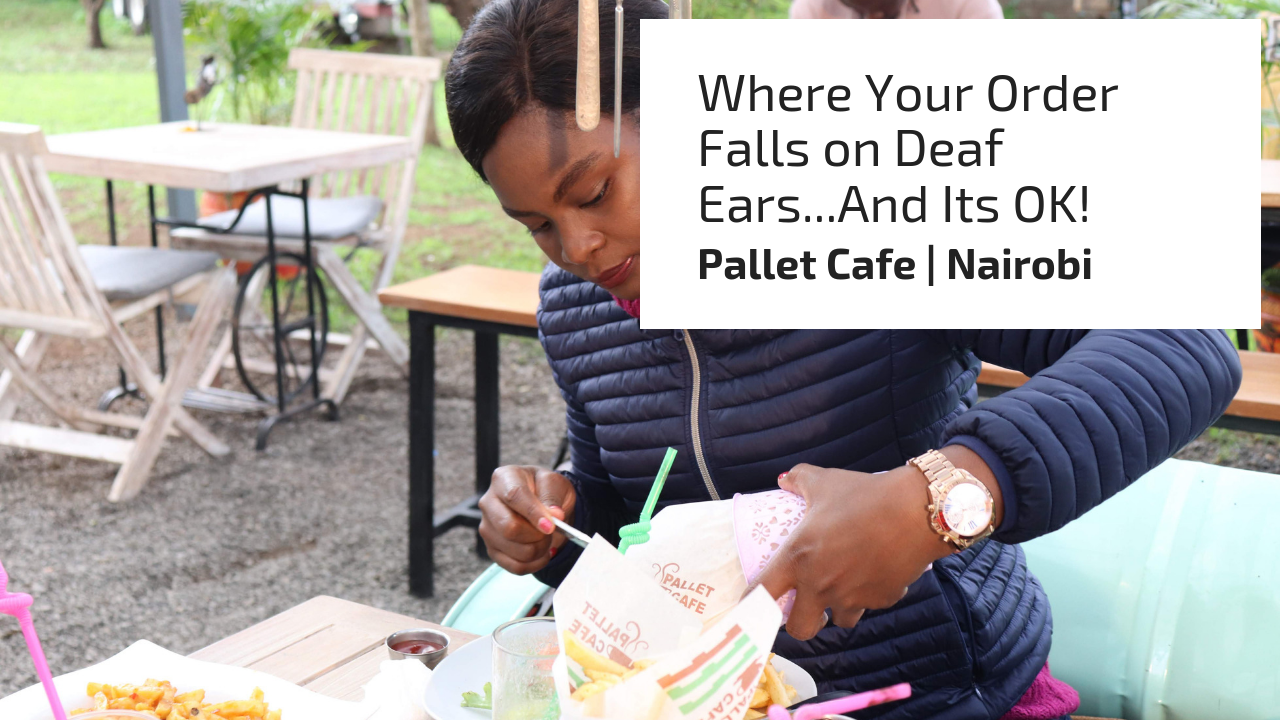The presidential working party on Education Reforms was constituted at the end of November 2022.
Part of its mandate was to give recommendations on funding at higher learning institutions to salvage financial muddles experienced at Kenyan universities.
Part of its recommendation in February was a meeting with university vice-chancellors, president and other stakeholders that took place in early May 2023 and proposed the following funding model to be implemented in September 2023 beginning with 2022 KCSE candidates.
Universities and TVETS will no longer receive block funding in the form of capitation based on a Differentiated Unit Cost.
Funding to students will combine scholarships, loans and household contributions on a graduated scale, scientifically determined by a Means Testing Instrument (MTI).
This explains why institutions have a new fee structure.
An increase in fees means students will apply for higher amounts of HELB loans to cater for the difference if the GOK will provide scholarships.
Only Public universities are legible for GOK scholarship & HELB whereas private universities are only legible for HELB(loan).
This applies to both TVET & Universities.
The higher education fund accessible via https://www.hef.co.ke/ has been established to consolidate duties done by KUCCPS (placement) and the Higher education loans board (HELB) for harmonious funding of universities.
KCSE candidates of 2022 need to visit the portal and upload the following documents to apply for scholarship & HELB before 2nd September 2023.
Students report by the end of August 2023 to the universities they have been placed.
What's Covered in This Article
Documents to Apply for GOK Scholarship and HELB
1. A valid email address.
2. Valid telephone number (must be registered in your name to apply for a loan).
3. KCPE and KCSE index numbers and year of examination.
4. Passport-size photo.
5. Copy of your National ID (for loan application).
6. College/University admission letter.
7. Your parents’ registered telephone number.
8. Your parents’ national ID number.
9. Death certificate if any of your parents are deceased.
10. Your birth certificate.
11. Two guarantors’ (Can be your parents) ID numbers and registered telephone numbers (for loan application).
12. Copy of the sponsorship letter if you were sponsored in Secondary school.
(Letters from priests, chiefs, and previous fee sponsors come in handy at this stage).
The funding model categorizes learners into 4 categories.
1. Vulnerable (total orphan?)
2. Extremely needy (partial orphan? Unemployed parents?)
3. Needy (low-income parents?)
4. Less needy (Govt employer earning above ksh.100,000? Business people with KRA pin?)
The above cadres will be determined by family socio-economic background, affirmative action, if they are persons with disability (self or parents), if orphans (partial or total), gender considerations, marginalization and applicant’s household composition and size.
The above 12 details where national ID can derive KRA pin among other wealth detection tools shall be subjected to Means Test Instrument (MTI) to categorize the household into the four cadres above.
MTI is a tried and tested tool to give precise results.
The government projects that 29% of 2022 KCSE candidates (40,000 universities & 42,000 TIVET) fall in the category of vulnerable and extremely needy.
The vulnerable and extremely vulnerable will receive 100% funding (government scholarship plus HELB) whereas the needy and less needy will receive 93% funding (government fund and HELB).
The funding can be awarded if and only if the student applies.
Categories of Households
1. Vulnerable
If applied and approved receives 100% funding where 82% is a government of Kenya (GOK) scholarship, 18% HELB (loan) and the household pays absolutely nothing at the university level. The student will be credited upkeep of ksh. 46,000 annually as part of the loan to his/her account directly.
If one is categorized as vulnerable to pursue medicine for instance costing ksh.720,000 per year, the household will not pay anything, the government scholarship will pay ksh. 590,400 as HELB pays 129,600 with the upkeep of ksh 46,000 annually credited to the student’s account.
Those pursuing a Bachelor of Education Arts costing Ksh 183,600 will have the government scholarship pay Ksh. 150,552 And HELB ksh. 33,048. We can compute for Bachelor of Education science costing ksh.244,500.
N/B: The fee structure could have been adjusted since the first proposal; each university provided a fee structure for each course to the higher education fund.
2. Extremely needy
If a student applies and is classified as an extremely needy student, s/he will have 100% funding by the government of which government scholarships pay 70% and HELB 30%, the household payment is nill.
For bachelor of computer science costing ksh. 306,000 the government scholarship pays ksh. 214,200 As HELB pays ksh.91,800. The household pays nothing.
3. Needy.
If higher education financing classifies you as a needy student, the government gives you 93% funding as the household pays 7%.
The 93% financing constitutes 53% scholarship by the government and 40% HELB (loan) for those joining the university.
TVET receives 50% GOK scholarship, 30% HELB and 20% by household. A bachelor of Science Accounting costing Ksh 183,600 will receive ksh 97,308 from the GOK scholarship and ksh. 73,000 From HELB (loan) as the household pays ksh.12,852.
The ksh. 12,852 will be invoiced to the household payable to the respective university payment details provided in the admission letter and fee structure.
4. Less needy
If the less needy household applies for a university government scholarship and HELB will receive 93% funding whereas GOK scholarship will cater for 38% as HELB pays 55%.
The household will pay 7%. TVET receives 32% GOK scholarship, 48% HELB and 20% by household.
For Bachelor of Medicine costing ksh. 720,000 annually the Less needy students will pay Sh50,400 per academic year, the same as their needy counterparts.
The government will foot 38 percent of the cost (Sh273,600) while Helb will pay Sh396,000. Those capable to pay need not apply for HELB.
N/B: The less needy will apply more HELB according to the cost of the course, this translates to the repayment of higher amount upon completing studies.
The ceiling for the HELB application has been increased to take care of the revised fee structure.
In the 2023/2024 financial year, the Government has increased the budget allocation to Sh53 billion for higher education funding and HELB loans to Sh31.6 billion, making the total allocation to Sh84.6 billion, an increase of 56 percent.
This translates to an increase of funding per student from Sh52,000 to Sh208,000, an increase of 37 per student.
The cost of training TVET students will be Sh67,189 per year per trainee down from Sh71,420.
The model anticipates salvaging universities that a total debt of ksh.60 billion.
Meanwhile one can download admission letters and fee structures from the respective institutions admitted and upload the 12 documents to https://www.hef.co.ke/ portal.
In instances when one needs inter-university/inter-faculty they can be done first to get accurate fee structures for funding.
Stay informed.


